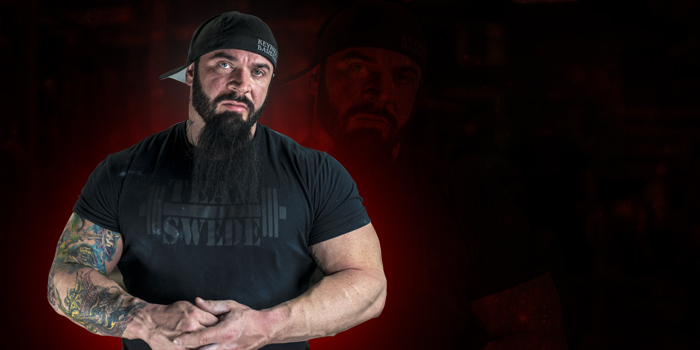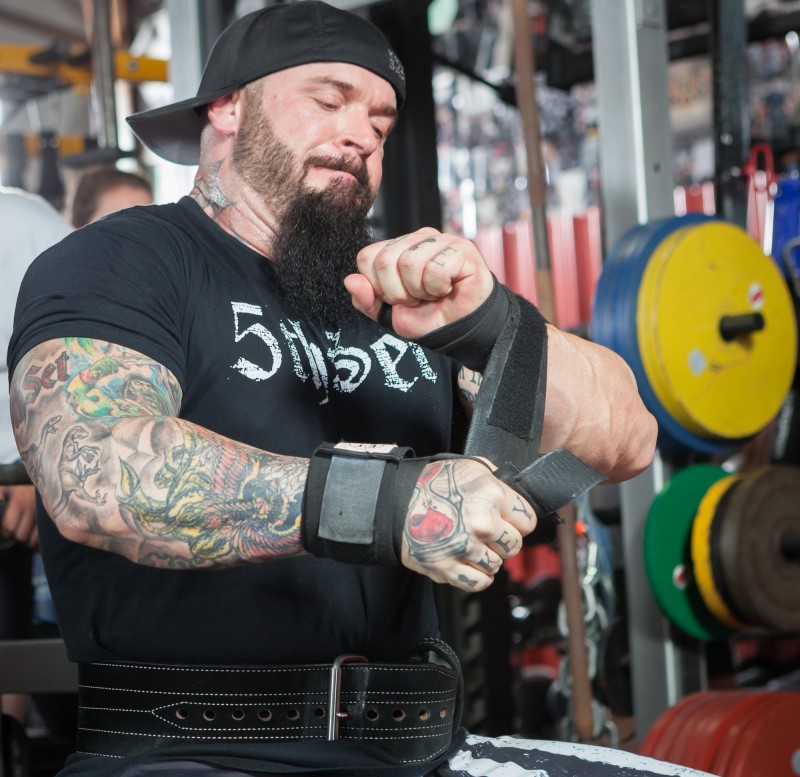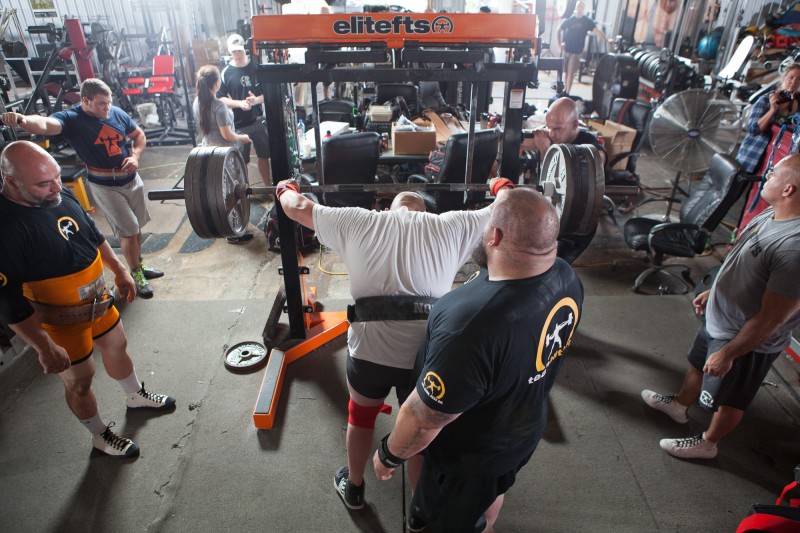
In creating 5thSet—the method we all know and love, I'm sure I don't need to tell you: there was a good deal of trial and error. Experimentation has always been my thing. I've been persistent from the beginning and always willing to try new things, the only contingencies being that I have some logical basis for what I am trying and that my approach is structured and systemized in such a way that I can be somewhat confident what I am testing is what causes the effects (or lack thereof) I am observing.
For all of the protocols which proved useful and survived a decade or so to be included the first book, and the evolutions of these building blocks which were introduced in the second book, aptly titled: Evolutions—there were many, many other well-meaning ideas which simply did not make the cut. They were tested and, for some reason or other, fell by the wayside. It's important to note, there was always a good reason they weren't kept.
Now, people love to change things. It's in our nature. We see something good and we want to improve it, give it our own twist. I talk about this a lot in the second book because it presents a massive stumbling block to the average lifter, who is not qualified to modify programming beyond the scope of the moving parts of a methodology. Things can get off track, wildly and quickly, even from changes that seem small.
I'm writing this article because when I asked for topic ideas on my social media, this one was the least boring that was even marginally powerlifting related. The person who suggested it led in by asking my rationale behind giving one protocol as an option, and then asking why another was not allowed. I gave a brief, succinct explanation because I didn't think it was enough for an article. Then he suggested I cover a bunch of protocols and idea that didn't make the cut and explain why. Considering what I mentioned above, about people tending to modify programs outside of scope of the method they are using, I thought: why not use this as an opportunity to discourage that kind of mistake? By listing a couple of ideas that sounded good in theory, but didn't work out in practice—I'm hoping I can do just that. And anyway, we learn even more from our failures than we do from our triumphs. At least, we can, as long as we are able to look at them objectively and not be offended by them or make excuses for them.
Failed Experiment #1
Very High Rep Protocol for Squat or Deadlift
For those of you who are not intimately familiar with 5thSet, one of the four training sessions we do per microcycle is referred to as our "Second Pressing Day." The main movement on this day is usually set up to be performed using the Very High Rep Protocol. This can look like 2 sets of 25 rep Wide Grip Bench Presses, 2 sets of 30 rep Incline Dumbbell Presses, or any one of a bunch of other pressing movements with similar rep schemes.
This protocol has worked wonders for a ton of lifters who just couldn't seem to develop a good bench press. That is probably because most of those people lacked the specific muscular development necessary to stabilize heavy bench presses. Doing these can absolutely be effective in that department.
So being logical and reasonable people, such as we are, the next question would seem to be— why don't we employ a similar tactic to improve our squat and/or deadlift? Yes, I've already thought of that, and tried it and tested various ways I could apply to a variety of lifters in a variety of different circumstances and what I came up with was: NOPE!
That's not to say that this protocol can't be successfully applied to squat or deadlift for anyone, ever. Just that it doesn't seem to be useful for the vast majority of lifters in this context. There are a number of reasons.
To sum things up, we seem to be able to handle much more volume for assistance on upper body training than bar-loaded lower body training. This is probably because the axial loads from squat and deadlift cause much more systemic stress/neural fatigue than the upper body work. So applying the very high rep protocol on those lifts presents issues with recovery, in most cases, when operating within the framework of the 5thSet methodology. We've experimented and run into the same issue time and time again.
Luckily that does not present an obstacle for 5thSet lifters, because the same needs can be easily addressed on any lift at any time, using the 75% 5thSet protocol. To learn more about that and all the other new protocols, grab a copy of Evolutions here on Elitefts, today.
Failed Experiment #2
6thSet — A Second AMRAP
Maybe the most easily identifiable piece of the 5thSet puzzle and a cornerstone of the methodology is the AMRAP. You've probably seen some 5thSet titans on the internet, battling each other, week after week, for the most reps on their AMRAP. But, like any useful tool, an AMRAP can easily be mishandled.
Some lifters try to push their AMRAPs beyond their own threshold for technical breakdown. This is a really bad idea. Garbage technique in training breeds garbage technique in competition and both of those propositions put the lifter at risk for injury and minimize efficiency in execution.
Others will not even run the method correctly, just doing some arbitrary number of sets of doubles or triples at whatever percentage and then they will follow that with an AMRAP.
Dumb, dumb, dumb. And the results speak for themselves.
Obviously, neither of the scenarios listed above meet the criteria for an experiment I mentioned at the beginning of this article. But what about a second AMRAP? It's not the craziest idea in the world. If the sets are terminated prior to tech breakdown, it stands to reason that a second AMRAP could provide a little more of the same benefit as the first.
So for a while, I tested using a second AMRAP as an option, in place of an MSM (mechanically similar movement), after the main work. The results can be easily summarized: lifters kept getting hurt.
MSMs seem to work best when partial range of motion movements are used which eliminate or minimize the portion of the lift that puts the lifter at the most risk for injury.
Board presses are a great example of a way an MSM can be an effective means to load more volume, specific to a given lift, without much-increased risk for injury. This makes them a much better choice for MSM than another AMRAP. There are similar MSM options for each competition lift, where the benefits outweigh the risk for injury.
So, the second AMRAP experiment was eventually abandoned.
The moral of the story is stick to the script. If you're thinking of it, I've probably already thought of it. The method works exceedingly well without going outside of the rules and the new book gives enough options to ensure you'll never get bored or stall out. So why mess with a good thing?
Thank you for reading and please share this on your socials if you found it helpful. As always, feel free to reach out with ideas for topics you'd like to learn about in future articles.












